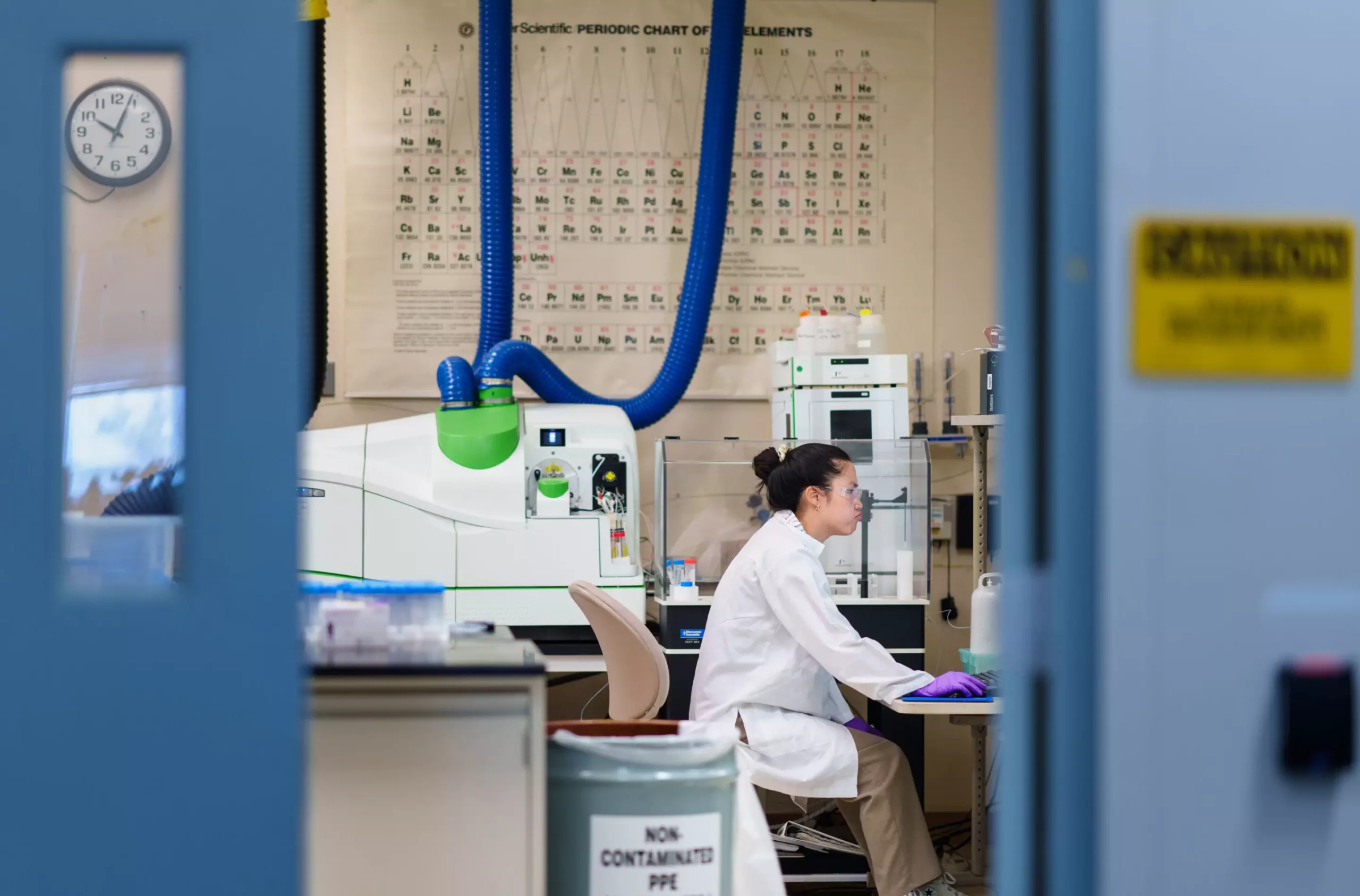In our technologically advanced society, we increasingly depend on rare-earth elements (REEs) for a myriad of applications. These metals play a crucial role in the function of smart devices, LED lighting, electric vehicles, and renewable energy sources like wind turbines. Despite their pervasive use, the extraction and purification of these vital components pose significant environmental risks. The traditional methods of processing ores to isolate REEs typically involve hazardous chemicals and their operations are overwhelmingly concentrated in China. To counter these sustainability challenges, recent research from Sandia National Laboratories has introduced a promising, eco-friendly method of separation.
Researchers have been exploring innovative materials known as metal-organic frameworks (MOFs) for the extraction and purification of REEs. MOFs are strikingly versatile and consist of metal hubs connected by organic linkers, creating a porous structure that can be likened to customizable sponges. This intrinsic flexibility allows for tuning their properties to selectively absorb different metals from complex mixtures. By conducting experiments and computer simulations, the Sandia team aimed to develop MOFs that could not only effectively capture REEs but do so in an environmentally benign manner.
Anastasia Ilgen, a key player in the research, emphasized the potential of these specially designed MOFs. The project revealed that by modifying the surface chemistry of these frameworks, researchers could significantly enhance their ability to selectively adsorb desired rare-earth metals, enhancing operational efficiency and reducing the environmental footprint.
At the heart of the team’s research were two zirconium-based MOFs, chosen for their stability in aqueous environments and ease of modification. The interaction of various chemical groups with these frameworks was pivotal. Specific MOFs demonstrated varying capacities to bind with REEs and other metals based on their structural intricacies. For instance, incorporating a phosphonate group into the AFMs’ linkers resulted in a better adsorption profile than simpler configurations.
The role of surface chemistry cannot be overstated. The incorporation of different functional groups essentially dictates the framework’s ability to attract specific ions. Notably, the introduction of phosphonate groups improved the binding capacity across various metals. The dual approach of modifying both the metal hubs and the linkers resulted in enhanced selectivity towards specific REEs, shedding light on a range of design strategies for future explorations.
Complementing the experimental work, computational methods have provided critical insights into the interactions between REEs and MOFs. Kevin Leung, a computational materials scientist, employed advanced modeling techniques to simulate and better understand these interactions. His simulations indicated that heavier REEs exhibit a stronger preference for binding with negatively charged groups compared to lighter ones. This finding underscores the importance of surface charge in modulating adsorption characteristics.
Leung’s research highlights a novel avenue for further development: the combination of positively and negatively charged surface chemicals may allow for highly selective capture. Though this approach is still in its infancy, it underscores the potential for interdisciplinary methodologies in advancing material design.
One of the standout components of this research involved utilizing X-ray spectroscopy to visualize the chemical interactions between REEs and MOFs. This innovative technique enabled the team to observe previously invisible surface complexes, providing unparalleled insights into how these metals bond at a molecular level. Ilgen’s observations revealed interesting nuances; notably, the manner in which rare-earth elements adhered to different MOF structures offered clues about enhancing their longevity and reusability.
The ability of REEs to bond to both the metal hubs and functional groups paves the way for designing more effective separation technologies. The conclusion drawn is that refining the structural attributes of these MOFs, specifically through the consideration of their surface chemistry, can vastly improve their performance in selective ion absorption.
The research conducted at Sandia National Laboratories represents a significant step towards creating sustainable methods for separating rare-earth elements. The exploration of metal-organic frameworks demonstrates the potential of innovative materials to not only enhance efficiencies in resource extraction but also mitigate the environmental hazards associated with traditional methods. Moving forward, the integration of experimental findings and computational models is likely to reveal even greater opportunities for optimizing and tailoring these frameworks to achieve precisely targeted results. As the demand for REEs continues to rise with technological advancements, the ultimate success of these initiatives could lead to a new paradigm in environmentally conscious extraction processes.


Leave a Reply